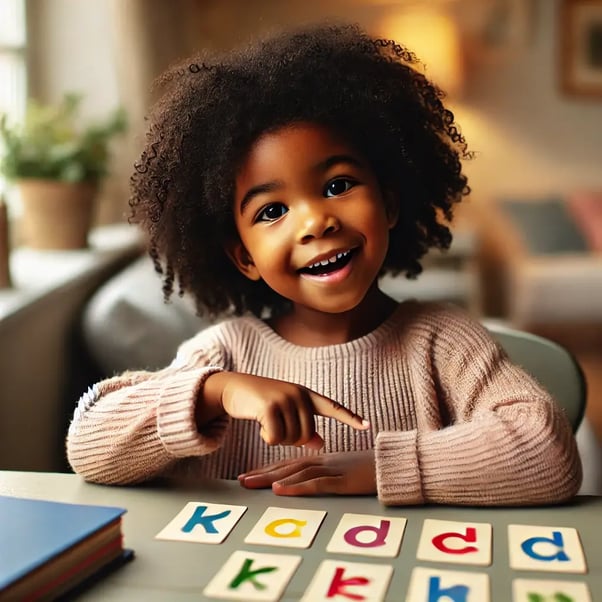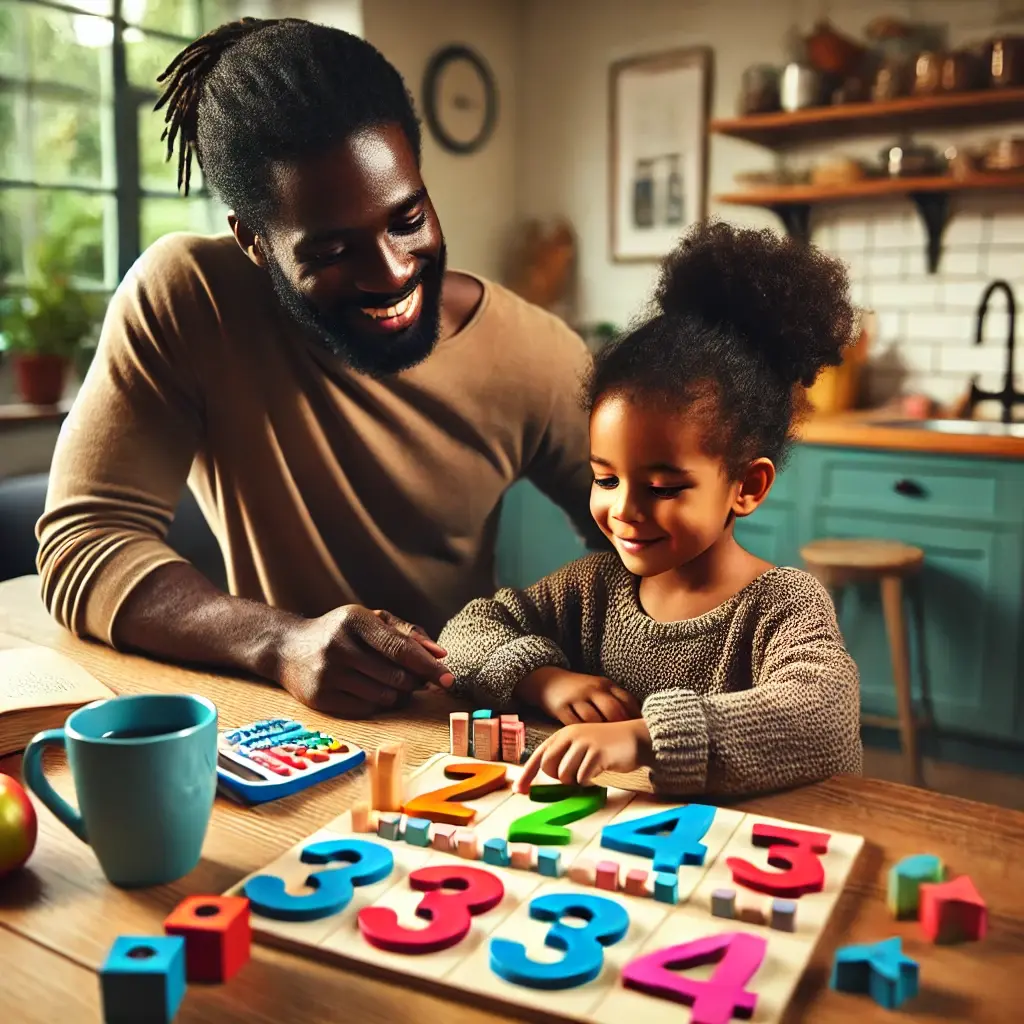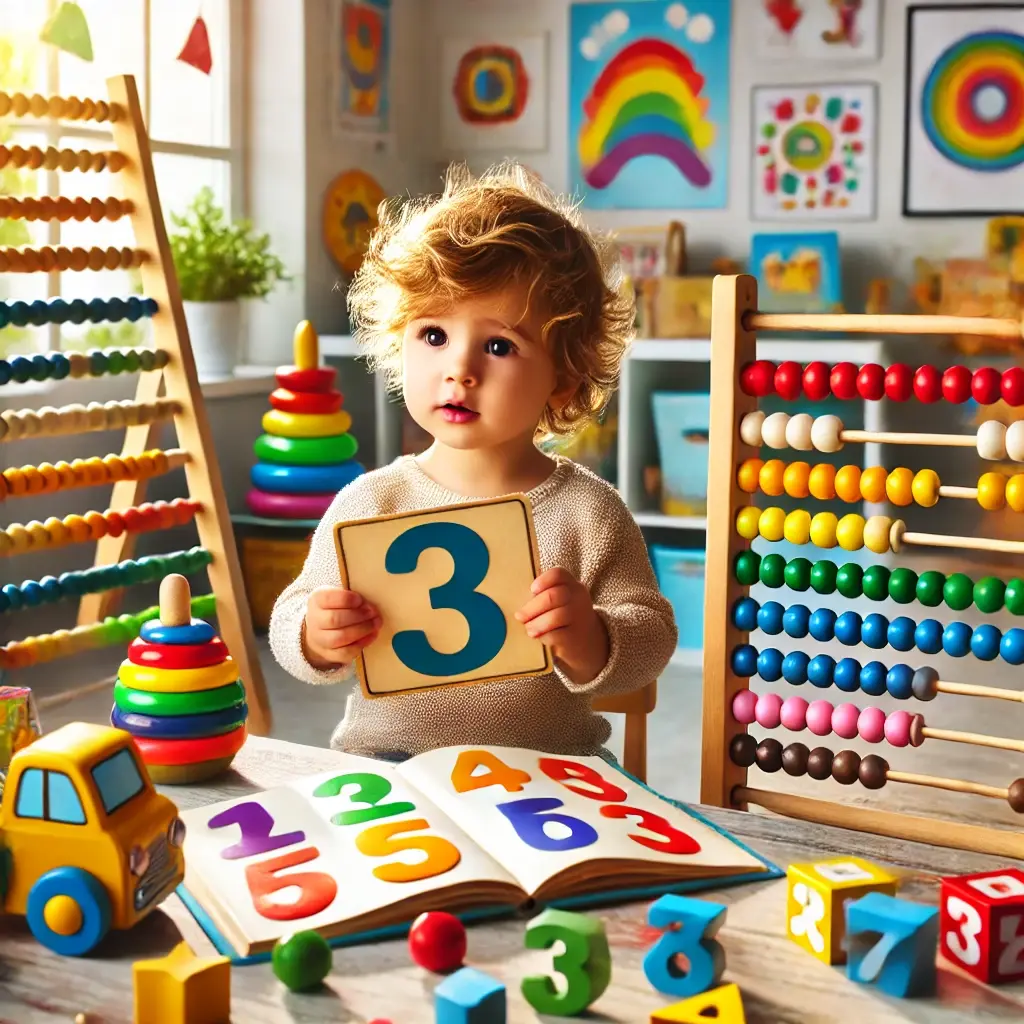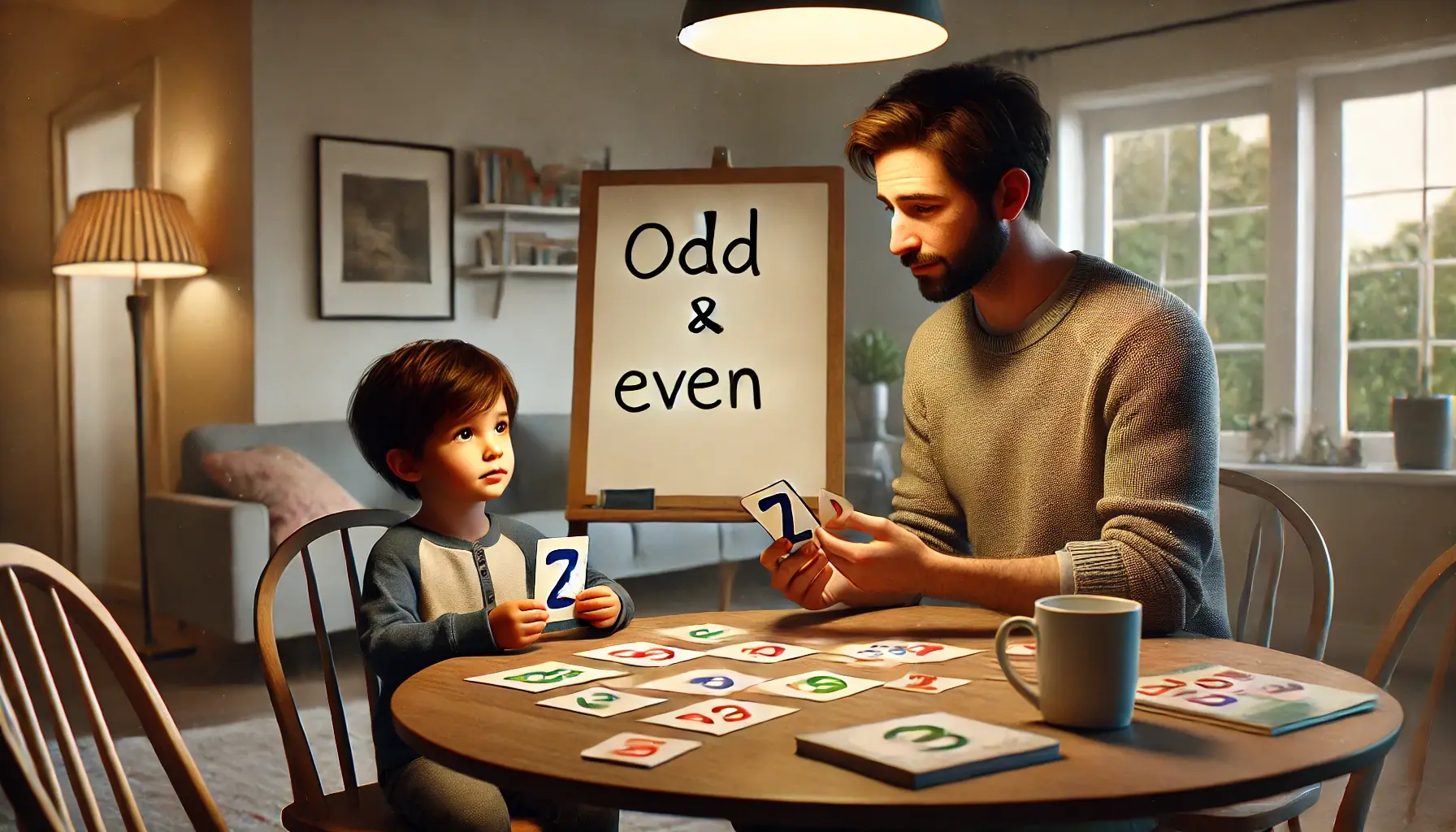
Teaching letter sounds is a key milestone in a child’s literacy journey. As a parent, you play a critical role in making this learning process fun, engaging, and effective. By guiding your child through letter sounds, you’re laying the foundation for reading skills they’ll use for a lifetime. In this article, practical strategies, expert tips, and enjoyable activities will help your child master letter sounds and build their reading confidence.
What Are Letter Sounds?
Letter sounds are the individual phonetic sounds that letters represent. Unlike letter names, which are more abstract (e.g., “A” is pronounced “ay”), letter sounds reflect how letters are used in words. For example, the letter “B” makes the sound /b/ as in “bat,” and “S” makes the sound /s/ as in “sun.”
Understanding the distinction between letter names and letter sounds is essential. While letter names are important, especially for early alphabet recognition, letter sounds are the foundation of phonics—the ability to connect letters to sounds and blend those sounds into words. This skill is crucial for decoding and reading fluently, as it allows children to recognize patterns and read new words confidently.
Why Is Learning Letter Sounds Important?
Mastering letter sounds is one of the first steps toward literacy. When children know the sounds that letters make, they can blend them to form words. For example, understanding the sounds of “c,” “a,” and “t” helps them read “cat.” This phonetic skill, also known as decoding, supports their ability to read unfamiliar words. Children who are comfortable with letter sounds tend to have an easier time progressing in reading because they can confidently approach new words by sounding them out. This confidence helps with reading and fosters a love for learning a language.
When to Start Teaching Letter Sounds
Knowing when to introduce letter sounds can vary as every child develops at their own pace. Generally, children are ready to begin learning letter sounds between the ages of three and four. However, it’s essential to look for developmental signs of readiness rather than focusing strictly on age.
Some indicators of readiness include:
- Interest in letters or books: If your child shows curiosity about letters and words or enjoys listening to you read, it may be a sign that they’re ready to start learning letter sounds.
- Recognition of certain letters by sight: Children who can recognize some letters by name may be more prepared to associate these letters with sounds.
- Sound-play and rhyming: If your child likes to play with sounds, make up rhymes, or repeat words, they may develop an awareness of phonics, making it a good time to start introducing letter sounds.
It’s important to remember that every child learns at their own pace. If your child isn’t ready yet, starting with letter names and gradually introducing letter sounds can create a smooth transition. Following their lead and adjusting to their comfort level helps to keep the experience positive and engaging.
Effective Strategies for Teaching Letter Sounds
There are many creative ways to teach letter sounds that go beyond traditional methods. Here are some engaging and practical strategies you can try at home:
Use Visual Aids and Letter Cards
Visual aids, such as flashcards or letter cards, are a tried-and-true method to reinforce letter sounds through repetition and association. When children see a letter frequently alongside its corresponding sound, they start to make connections that stick.
- Engaging Flashcards: Flashcards with bright colors, large letters, and corresponding images (like “A” with an apple) help children associate sounds with visuals. Many flashcards are available, but you can create your own with images your child loves.
.png?width=701&height=394&name=Genie%20(9).png)
- DIY Letter Cards: Making flashcards with your child can be a fun bonding activity. For example, you could use index cards and decorate each one with a letter and a drawing. This hands-on activity reinforces learning through visual and tactile experiences, and kids often remember letters they’ve helped create.
- Using Images and Movement: Associating each letter with a picture and sound, such as a “B” with a picture of a bee buzzing, provides children with an easy-to-remember image for each sound. Adding motions, like pretending to “buzz” when they see “B,” adds a kinesthetic element that can enhance memory.
Incorporate Phonics Games and Apps
Games and interactive apps are fantastic for reinforcing letter sounds in a way that feels more like play than structured learning. Many educational games are designed to introduce phonics skills, making it easier for children to stay engaged while learning.
- Educational Apps: Apps like ABCmouse, Starfall, and Endless Alphabet are excellent resources that provide structured phonics lessons tailored for young learners. These apps use sounds, animations, and mini-games to reinforce letter sounds, and parents can adjust the difficulty level to suit their child’s needs.
- Interactive Games at Home: Board games like “Alphabet Bingo” or card games like “Zingo Word Builder” can make learning letter sounds a family activity. Many of these games combine learning with excitement, turning practice sessions into opportunities for family fun.
.png?width=703&height=395&name=Genie%20(10).png)
By using games and apps, children can practice letter sounds repeatedly without it feeling monotonous, helping them build confidence as they progress.
Sing Alphabet Songs and Rhymes
Music is a powerful teaching tool, especially for young children. Songs and rhymes provide an easy and enjoyable way to remember letter sounds, as they incorporate rhythm and melody, making it easier for children to memorize information.
- Alphabet Songs with Phonics Focus: Songs like “The Phonics Song” teach both letter names and sounds, reinforcing phonics through melody. These repetitive songs make it easy for children to memorize them and associate sounds with letters.
- Nursery Rhymes: Traditional rhymes like “Baa Baa Black Sheep” and “Twinkle, Twinkle Little Star” expose children to patterns of sounds and rhyming, which naturally develops phonemic awareness. By singing these rhymes, children become more attuned to how sounds form words.
- Make Your Own Rhymes and Songs: Personalizing songs with your child’s name or interests makes the experience more engaging. You could create a song about animals or favorite foods, incorporating letter sounds and rhymes that relate to your child’s daily life, which helps to solidify their understanding in a relatable way.
Overcoming Common Challenges
Learning letter sounds comes with its challenges, especially when children encounter sounds that seem similar or become frustrated. Here’s how to address these obstacles effectively:
Dealing with Sound Confusion
Some letters, such as “b” and “d” or “p” and “q,” have similar shapes and sounds, which can be confusing for young learners. It’s essential to have strategies for helping them distinguish between these sounds.
- Multi-sensory Approaches: Tactile activities, like tracing letters in sand or using textured paper, add a sensory element that can help children remember each letter. By touching and feeling the letter shape, children are more likely to recall it accurately.
- Mnemonics and Body Movements: Associating letters with body movements or simple mnemonics can help children remember. For example, they might point up for “b” and down for “d.” Creating a physical distinction makes it easier for them to visualize the differences in letter shapes.
Keeping Kids Engaged
Young children often have short attention spans, so it’s crucial to keep sessions dynamic and engaging to sustain their interest.
- Keep Learning Sessions Short and Varied: Try to keep each learning session brief, around 5–10 minutes, and focus on making each one slightly different. Switching between flashcards, games, songs, and other activities maintains their attention and keeps the experience fresh.
- Use Positive Reinforcement: Praising your child for their efforts rather than just the outcome is an effective way to keep them motivated. Celebrate small achievements, like recognizing one or two sounds correctly, and encourage them by focusing on progress.
Tracking Progress and Celebrating Success
Acknowledging your child’s progress can be an effective way to keep them motivated and invested in their learning journey. Tracking milestones also helps you know which areas need more attention.
- Simple Milestones: Set achievable goals, such as recognizing all vowel sounds or blending a few letters to form words. These small steps keep the learning process manageable and encourage your child to keep going.
- Celebrate Wins, Big and Small: Rewarding achievements with stickers, a special snack, or a fun outing can be a great way to celebrate their hard work. Emphasize effort and improvement, as this reinforces a growth mindset and builds their confidence.
How Genie Academy Can Help Kids Master Letter Sounds
Genie Academy is dedicated to helping children excel with a personalized approach to learning. They offer tutoring in essential subjects, including reading, writing, math, and even abacus, allowing kids to build foundational skills across various areas. With small class sizes, kids can stay focused and engaged, receiving the attention they need to thrive. Genie Academy provides both online and in-person learning options for flexible scheduling, and they have several locations across New Jersey, including East Brunswick, Hillsborough, Marlboro, South Brunswick, Plainsboro, and South Plainfield, making it easy to find quality tutoring nearby.
Conclusion
Teaching letter sounds to your child is a rewarding journey that sets the stage for reading success. Through visual aids, interactive games, songs, and supportive reinforcement, you can turn learning into a positive and engaging experience. Remember to be patient and consistent—each child learns at their own pace, and the more you make it fun, the more likely they will develop a lifelong love for reading. With these strategies, you’re helping build a solid foundation that will serve your child well as they grow and explore the world of language and literacy.





